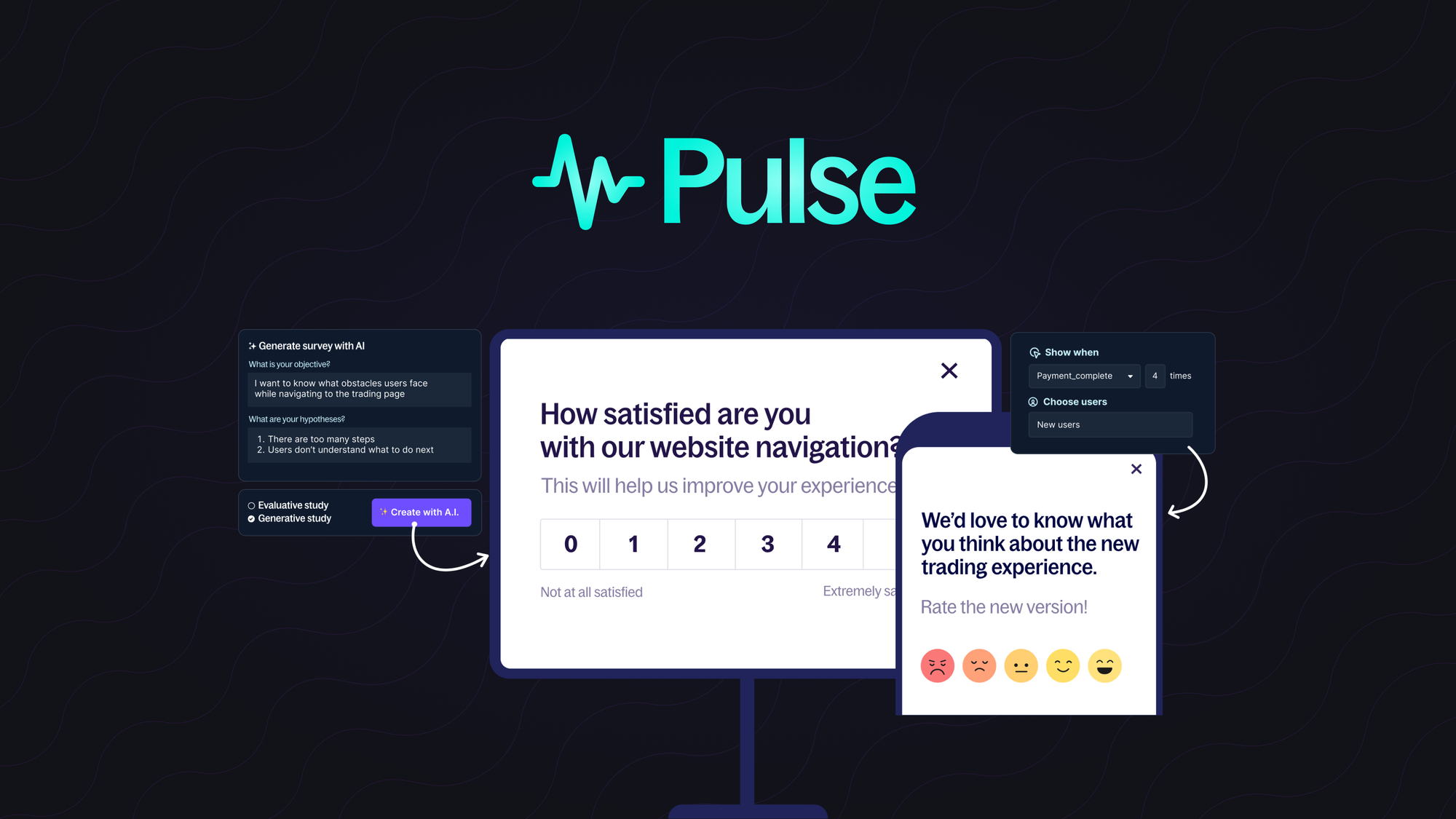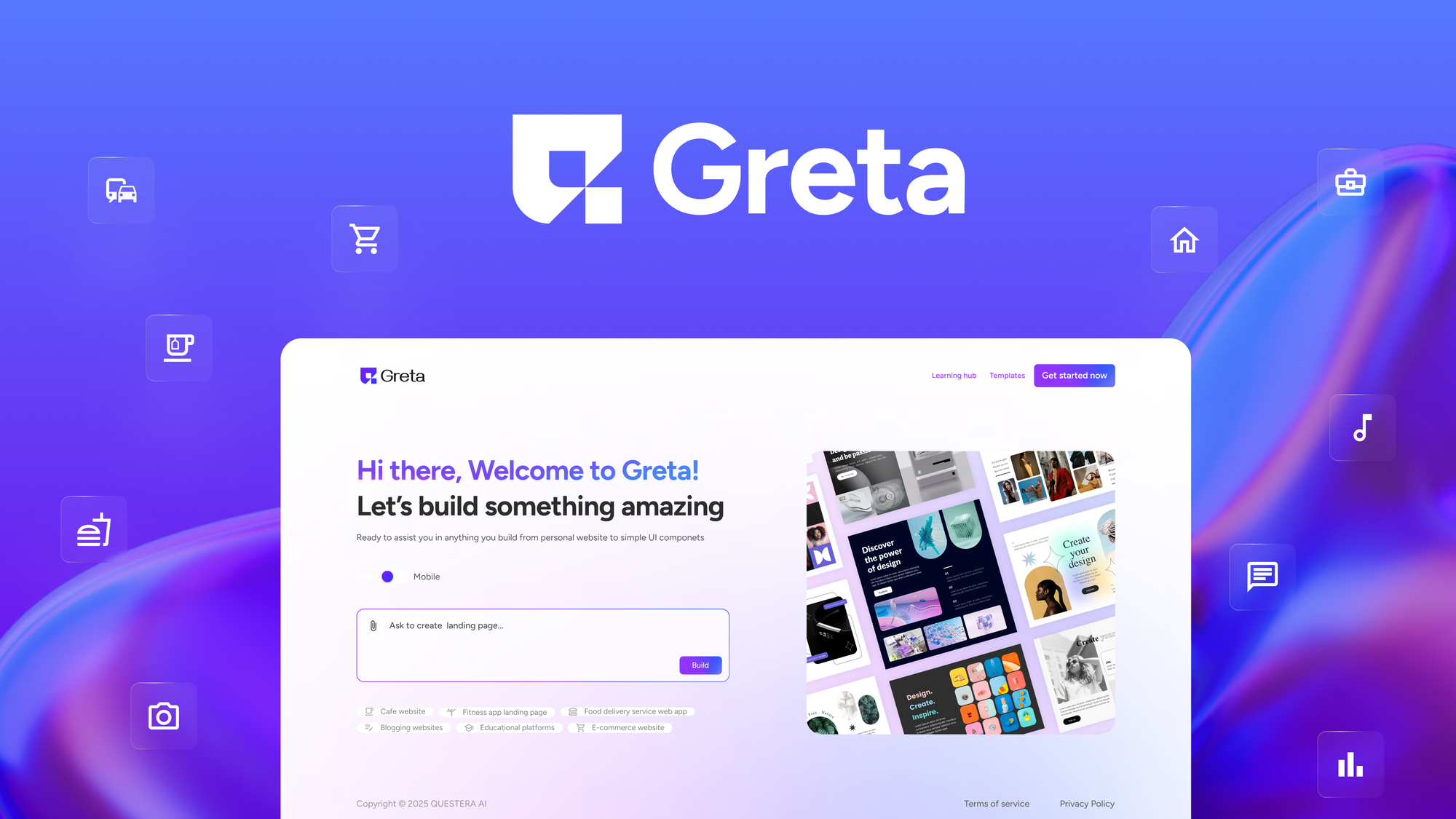As a product manager, I’m always on the lookout for tools that can streamline processes and provide valuable insights. Recently, I stumbled across Pulse, a new player in the survey tool arena with a unique approach to collecting customer feedback. Its launch on AppSumo caught my attention, and I couldn’t resist digging deeper. Let me share my experience navigating through this tool and its promising features.
Table of Contents
ToggleUnpacking Pulse: What Makes It Stand Out
When I first heard about Pulse, I was intrigued. This innovative in-app survey tool, developed by Blitzllama, launched in April 2021, offers a fresh take on gathering customer feedback. But what really caught my attention was its affordable pricing model. Starting at just $79 for basic features and going up to $519 for unlimited use, it’s a game-changer for many businesses.
Affordable Pricing Model
Let’s talk numbers. The lifetime deal on AppSumo is priced at $79, down from an original price of $150. This is a significant discount, especially for startups and small businesses. The pricing tiers are designed to cater to different needs:
- License Tier 1: 2,500 monthly responses
- License Tier 3: Unlimited responses
With such a flexible pricing structure, Pulse positions itself as a cost-effective alternative to established survey giants like Qualtrics and SurveyMonkey. It’s targeted for customer support teams, developers, and product managers. This means that no matter your role, you can benefit from its features.
Target Audience
Pulse is designed with specific users in mind. If you’re in customer support, you’ll appreciate how easy it is to collect feedback and prevent churn. Developers can use it to prioritize feature development based on real user insights. Product managers will find it invaluable for understanding user needs and improving offerings.
But why is this important? Think about it: when tools are tailored for specific roles, they become more effective. Pulse recognizes this need and delivers.
Lifetime Deal on AppSumo
The lifetime deal launched on AppSumo is a significant opportunity. It’s not just about saving money; it’s about investing in a tool that can grow with your business. The feedback I’ve seen from early users has been overwhelmingly positive. Many have praised the ease of use and the powerful features that come with Pulse.
“The best tools are those that anyone can use without a steep learning curve.” – Rahul Mallapur
This quote resonates deeply with me. Pulse truly embodies this philosophy. Its interface is intuitive, making it accessible for everyone, regardless of technical expertise.
Key Features of Pulse
What makes Pulse stand out? Here are some of its key features:
- Advanced survey capabilities with conditional logic
- AI-driven technology for easy survey creation
- Multilingual support—surveys can be translated into over 30 languages
- Ability to create quizzes and prototype tests
- Built-in analytics tools that auto-generate charts and dashboards
These features are not just bells and whistles. They enhance the user experience significantly. For instance, the AI functionality categorizes responses by sentiment and intent, allowing teams to quickly identify user motivations. This is crucial for product iteration.
Conclusion
In my exploration of Pulse, I found it to be a robust survey tool that simplifies the survey creation process. The combination of its comprehensive features, ease of use, and commitment to user data security makes it a compelling choice for companies of all sizes. If you’re looking to elevate your user feedback collection processes and drive product growth, I highly recommend checking out Pulse. You can find more details and grab the deal through my affiliate link: Pulse Reviews – Target customers with in-app surveys.
Diving Deep into Features: How Pulse Works
When I first encountered Pulse, I was intrigued by its advanced survey capabilities. This tool is not just another survey generator; it’s a powerhouse for gathering insights. Let’s dive into how Pulse works and what makes it stand out.
Advanced Survey Capabilities
One of the most impressive features of Pulse is its conditional logic. This means you can create surveys that adapt based on user responses. For instance, if a user selects a particular answer, the next question can change accordingly. This dynamic approach keeps the survey relevant and engaging.
Imagine asking a customer about their experience with a product. If they rate it poorly, you can immediately follow up with questions to understand why. This kind of targeted questioning can lead to deeper insights. It’s like having a conversation rather than just collecting data.
Moreover, Pulse allows for various question types. You can integrate:
- Multiple-choice questions
- Rating scales
- Open text responses
- Image uploads
This flexibility means you can tailor your surveys to fit your specific needs. It’s designed for ease of use, so even team members without prior expertise can create effective surveys. I found this particularly helpful when collaborating with different departments.
Multilingual Support and Targeting Features
Another standout feature is Pulse’s multilingual support. The platform automatically translates surveys into over 30 languages. This is a game-changer for companies looking to reach a global audience. You can gather feedback from users around the world without the language barrier holding you back.
But it doesn’t stop there. Pulse also includes built-in targeting features. This allows you to collect feedback at crucial touchpoints in the user journey. For example, you can trigger a survey after a user completes a purchase or after they’ve interacted with customer support. This strategic timing boosts response rates and ensures you’re capturing valuable insights when they matter most.
AI-Driven Insights
What truly sets Pulse apart is its AI-driven insights. The technology behind Pulse transforms raw survey data into actionable insights effortlessly. It categorizes responses based on user sentiment, intent, and emotion. This means you can quickly identify underlying motivations behind user feedback.
For instance, if a user expresses frustration in their response, Pulse can flag that sentiment. This allows teams to address issues promptly, enhancing the overall user experience. I found this feature particularly useful for product development. It helps prioritize features based on real user feedback rather than assumptions.
Additionally, Pulse generates reports that provide a comprehensive view of user sentiment. This is invaluable for teams looking to make data-driven decisions. Instead of sifting through piles of data, you get clear, concise insights that guide your next steps.
“Pulse transforms raw data into actionable insights effortlessly.” – Industry Expert
Conclusion
As I explored Pulse, I realized it’s more than just a survey tool. It’s a platform that empowers teams to make informed decisions based on real user feedback. The combination of advanced survey capabilities, multilingual support, and AI-driven insights creates a robust solution for any organization.
Whether you’re a product manager, developer, or part of a customer support team, Pulse offers features tailored to your needs. It’s designed for ease of use, ensuring that anyone can create effective surveys without needing a background in data analysis.
In a world where understanding customer feedback is crucial, Pulse stands out as a tool that not only simplifies the process but also enhances the quality of insights gathered. I’m excited to see how it can revolutionize the way we approach user feedback.
If you’re interested in exploring Pulse further, check out their lifetime deal available at this link. It’s a fantastic opportunity to elevate your user feedback collection processes.
Real-World Application: Pulse in Action
In today’s fast-paced digital landscape, understanding your customers is more crucial than ever. I recently explored how a startup effectively leveraged Pulse for their Net Promoter Score (NPS) measurement. This case study illustrates the power of strategic feedback collection during critical user journey points. The insights gained from Pulse not only informed product decisions but also enhanced the overall user experience.
Case Study: A Startup Leveraging Pulse for NPS Measurement
Imagine a startup that’s just launched its app. They want to know how users feel about their product. They turn to Pulse. This innovative tool allows them to gather feedback seamlessly. They can deploy in-app surveys at key moments—like after a user completes a purchase or finishes a tutorial. This timing is essential. It captures genuine reactions while the experience is still fresh.
By measuring NPS, the startup can gauge customer loyalty. Are users likely to recommend the app to others? The feedback collected helps them understand their strengths and weaknesses. It’s a game-changer. The data-driven strategies that emerge from this feedback lead to informed product iterations and feature prioritization.
Feedback Collection During Critical User Journey Points
What if you could pinpoint exactly when to ask for feedback? Pulse allows for this precision. By integrating surveys into the user journey, businesses can collect insights at the most impactful moments. For instance, if a user struggles with a feature, a quick survey can pop up asking for their thoughts. This immediate feedback can highlight pain points that need addressing.
In my experience, understanding these pain points significantly enhances service delivery. When users feel heard, they are more likely to engage with the product. It’s a win-win situation. The startup I mentioned earlier reported improved feedback response rates after implementing Pulse. This increase in responses means more data to work with, leading to better decision-making.
Data-Driven Strategies for Product Iteration and Feature Prioritization
Data is king in today’s business world. With Pulse, the startup can transform raw survey data into actionable insights. The AI-driven technology categorizes responses by user sentiment, intent, and emotion. This means that teams can quickly identify underlying motivations and adjust their strategies accordingly.
For example, if users express frustration over a specific feature, the startup can prioritize its improvement. This data-driven approach leads to a 30% faster iteration time, as seen in at least one case study. It’s remarkable how quickly teams can pivot based on real user feedback.
“Knowing your customer’s feelings can directly impact product success.” – Product Management Guru
This quote resonates deeply with me. It encapsulates the essence of why tools like Pulse are so valuable. When businesses understand their customers, they can create products that truly resonate. It’s not just about gathering data; it’s about using that data to foster genuine connections.
Enhancing User Experience Through Quizzes and Tests
Pulse isn’t limited to traditional surveys. It also allows for quizzes and prototype tests. This versatility means businesses can engage users in various ways. For instance, a startup might create a quiz to assess user knowledge about their product. This not only collects feedback but also educates users, enhancing their experience.
Moreover, the ability to incorporate multiple-choice questions, rating scales, and open text fields makes Pulse a comprehensive tool for feedback collection. The built-in conditional logic ensures that users only see relevant questions, making the process smooth and engaging.
Conclusion
In conclusion, I’ve seen firsthand how strategic feedback collection can reshape products. Pulse is designed to capture insights at various touchpoints for maximum effectiveness. The combination of its advanced features, ease of use, and commitment to user data security makes it an essential tool for any business looking to elevate their user feedback collection processes. If you’re interested in transforming your approach to understanding user feedback, I highly recommend checking out Pulse. You can find more information and get started with it here. It might just revolutionize your product development strategy.
TL;DR: Pulse is an innovative in-app survey tool that uses AI to simplify feedback collection, making it easy for businesses to gather insights and enhance user experiences with a flexible pricing structure.






